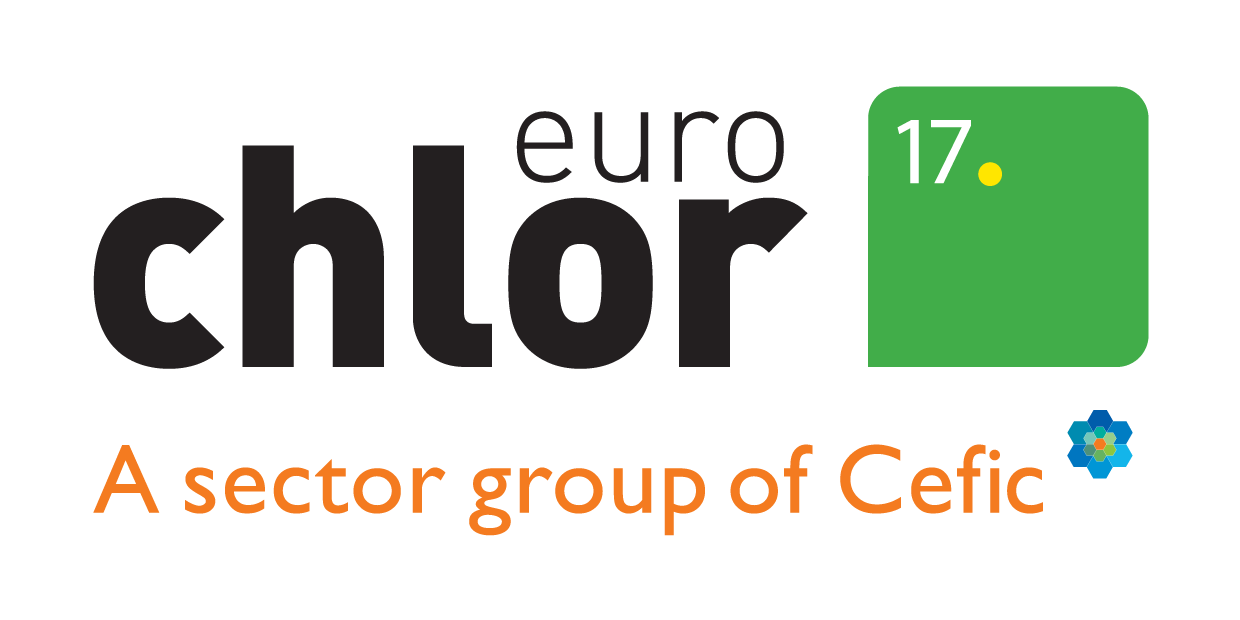Mercury
Liquid mercury was previously used as the cathode (negative electrode) in one of the three chlor-alkali production technologies.
In 2001, the European chlor-alkali sector voluntarily committed to phase-out of mercury cell technology by 2020. Meanwhile, however, under the Industrial Emissions Directive, the BAT conclusions (Best Available Techniques) became legally binding. This meant that, by 11 December 2017, mercury-based production technology should cease.
As a result, European chlor-alkali producers using the mercury technology converted or dismantled such facilities. Any resulting mercury-containing wastes were also addressed. Regulation (EU) 2017/852 on mercury sets rules for safe temporary storage and subsequent permanent disposal of mercury and mercury compounds. Elemental mercury, no longer used in chlor-alkali mercury cells (‘excess mercury’), can be stored temporarily under specific conditions, before being converted into mercury sulphide for permanent disposal (e.g. in salt mines).
The chlor-alkali industry has a long history of safe handling and storage of liquid mercury. Their experience is documented in several Guidance Documents in Euro Chlor’s technical library.
Click on the links below to find out more about:
Mercury reporting to the European Commission
According to the 2008 Regulation, the quantities of metallic mercury on sites needed to be reported annually to the Commission and the Competent Authorities. Euro Chlor volunteered to gather the data from its member companies to facilitate this reporting. The 2017 review of the Mercury Regulation provides more details on this reporting and on certificates and record keeping to ensure traceability. Every year, Euro Chlor provided the best estimate of total amount of mercury still in use in the chlor-alkali cells and the total amount of metallic mercury stored in the facility. More information is available here.
Minamata Convention on Mercury in the EU
The EU signed the Minamata Convention on Mercury in October 2013, committing to ensure its ratification and implementation across the Union. The final ratification package was published in May 2017 and consisted of:
- Regulation (EU) 2017/852 on Mercury repealing and replacing Regulation (EC) 1102/2008;
- Council Decision (EU) 2017/939 concerning the conclusion on behalf of the EU of the Minamata Convention on Mercury.
